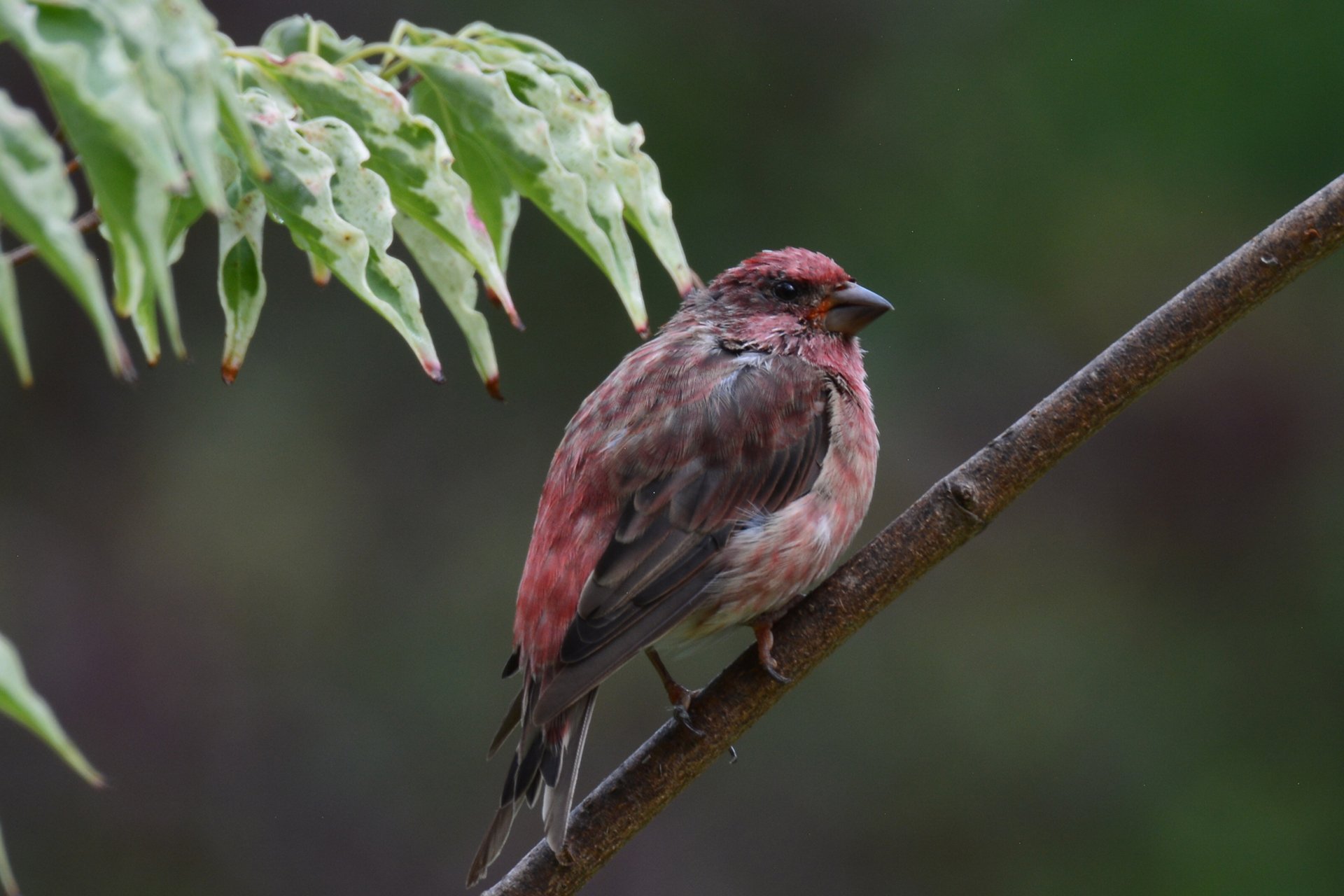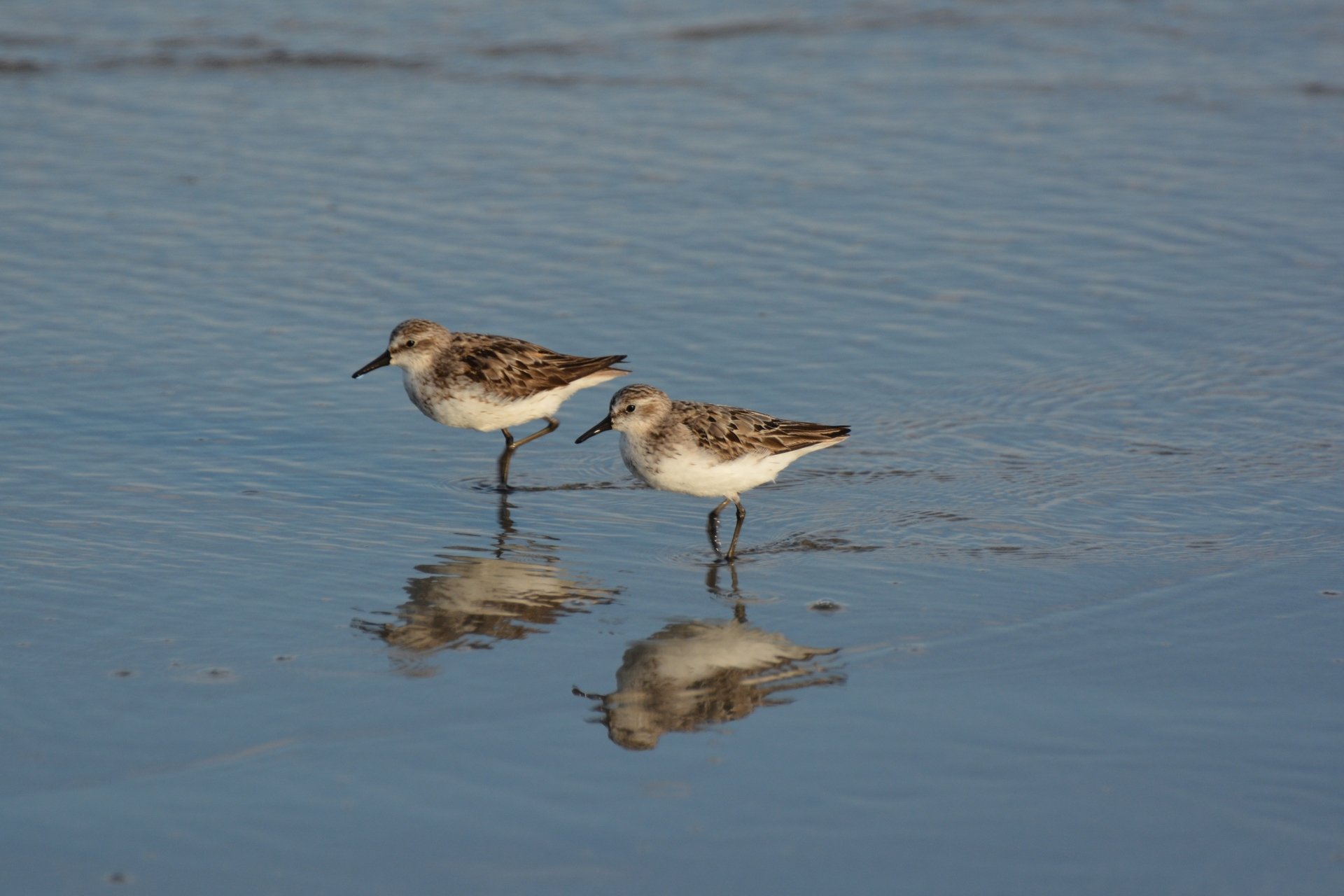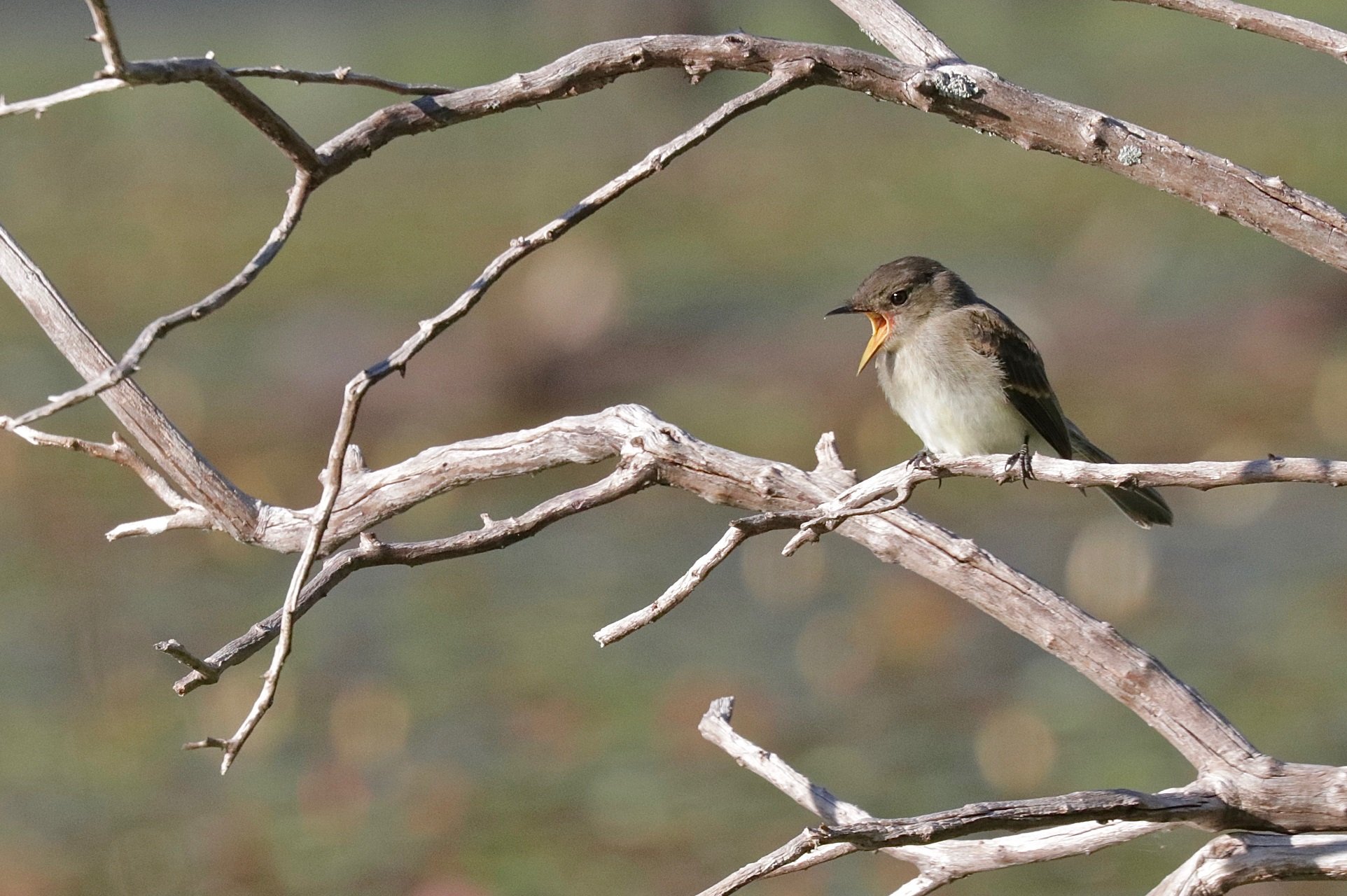The winter forecast is predicting more than just snow this year—according to emerging data from the Finch Research Network, we’re on track for a finch frenzy season. The expected surplus of these feathered friends will bring exciting opportunities for winter birders to spot species that are typically less common in Massachusetts. But behind the surge lies a more complex story about food availability, habitat health, and adaptability.
What’s a Finch and Why Will More Be in Massachusetts This Winter?
The term finch refers to small to medium-sized seed-eating birds with short, conical bills adapted for cracking seeds, belonging to the family Fringillidae. House Finches, Purple Finches, Redpolls, Crossbills, Siskins, and Grosbeaks are all members of this group.
Typically, finches overwinter in the boreal forests of Canada, where fruit and seed crops are plentiful. However, this year, those northern food supplies are coming up short. The Finch Research Network reports subpar cone and birch seed crops in parts of Canada, which is prompting several species to move farther south in search of food—including into the forests, fields, and backyards of Massachusetts.
What to Look For—and Where
Birders can look forward to spotting species that are usually only occasional visitors to the state. John Herbert, Mass Audubon’s Director of Bird Conservation, says, “I suspect Purple Finch, Redpoll, Red Crossbill, Pine Siskin, and Evening Grosbeak to be in higher numbers this year. Purple Finch and Pine Siskin already have widespread reports throughout the state on eBird.”
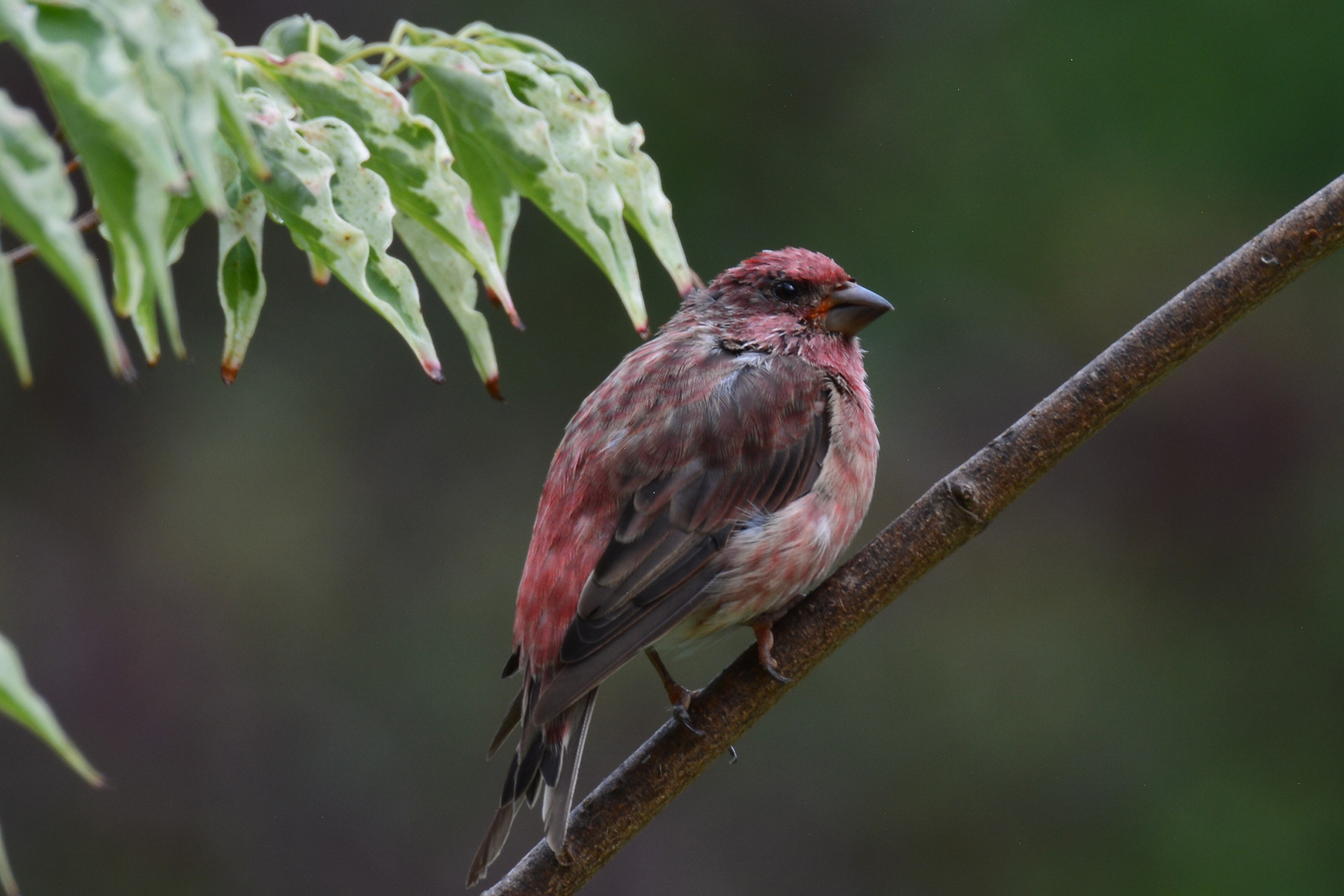
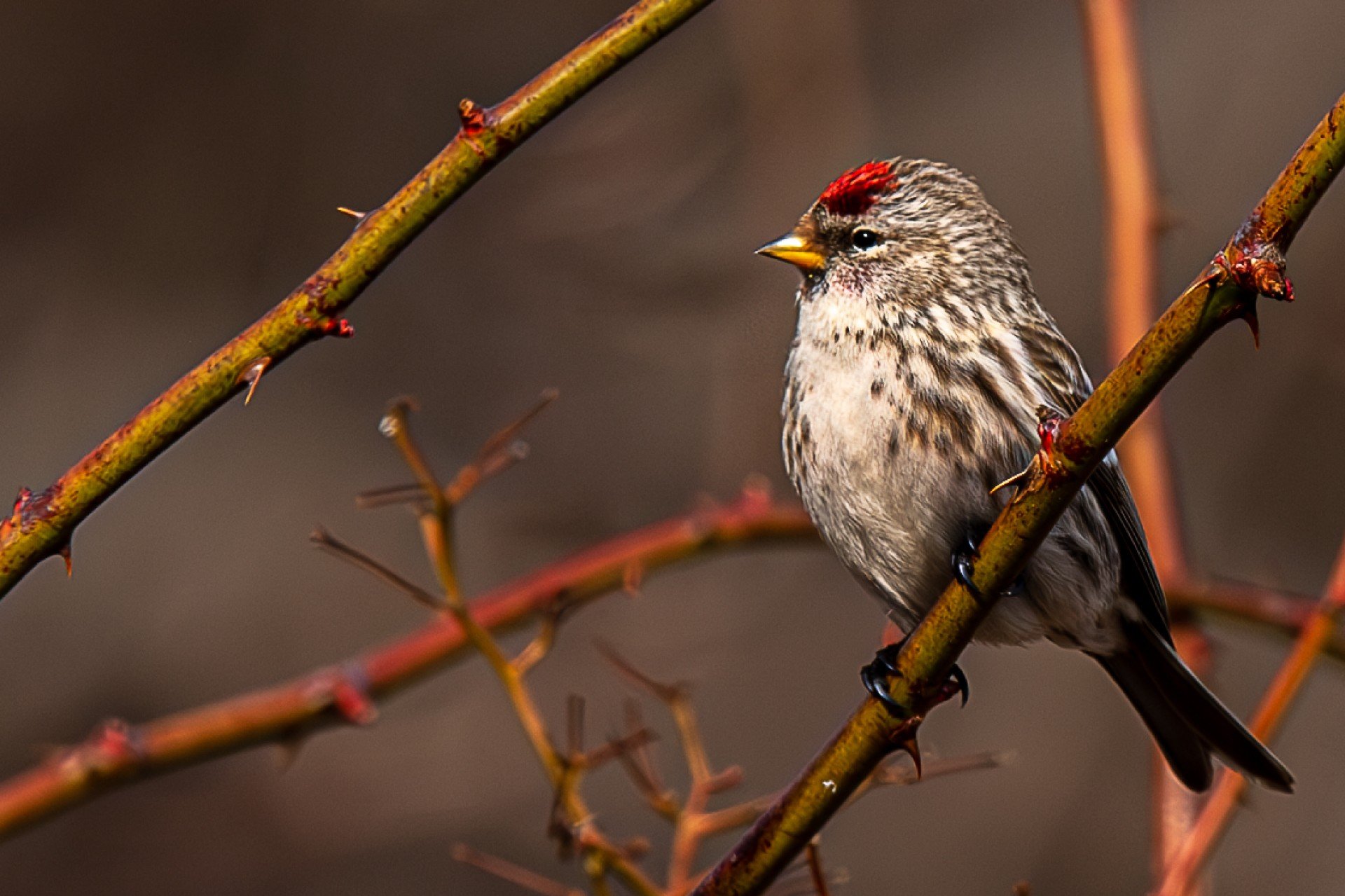



These birds are often drawn to mixed forests and areas rich in pine, spruce, hemlock, and fruiting trees—habitats that offer the seeds and shelter they depend on in winter. You might also spot them at feeders stocked with black oil sunflower or nyjer (thistle) seeds, especially in more rural or wooded areas.
Herbert adds, “Where pine trees and fruiting trees are abundant, we could anticipate some of these species to pop up.”
Managing the Impacts of Food Availability, Habitat Health & Adaptability
While an irruption year like this makes for exciting birding, it also underscores a key lesson about how tightly bird populations are tied to habitat conditions and food availability—both locally and far beyond our borders.
Food supplies naturally fluctuate from year to year, but this season shows how one poor seed year in northern forests can ripple hundreds of miles south, influencing what we see in our own backyards.
That’s why Mass Audubon’s forest management and conservation programs—including Foresters for the Birds—are designed to support birds across their full life cycles, ensuring healthy forests here and contributing to regional conservation goals.
Mass Audubon manages more than 60 wildlife sanctuaries across the state, all of which provide critical bird habitat. When winter food becomes scarce farther north, these protected lands serve as critical feeding and resting spots for finches and other migratory birds seeking refuge.
By maintaining healthy, diverse forests across Massachusetts, we help ensure that both resident and visiting birds can thrive, even as changing climate and habitat conditions create new challenges.
Find Finches
Now that you know who’s visiting this winter and why, it’s time to bundle up and start birding! Visit a Mass Audubon wildlife sanctuary with healthy forest and field habitats, or join a guided bird walk or winter program to make this a finch-ter wonderland to remember.
Upcoming Bird Programs
See MoreWednesday Morning Birding
-
Newburyport and vicinity
-
Wednesday, December 10
9:30am-12:30pm
Adults
Monthly Bird Walks
-
Habitat Education Center and Wildlife Sanctuary, Belmont
-
Thursday, December 11
8:00-10:00am
Adults
Rescue Raptors from Rodenticides
-
Online
-
Thursday, December 11
7:00-8:00pm
Adults & Families - 12 - 17
Stay Connected
Don't miss a beat on all the ways you can get outdoors, celebrate nature, and get involved.



